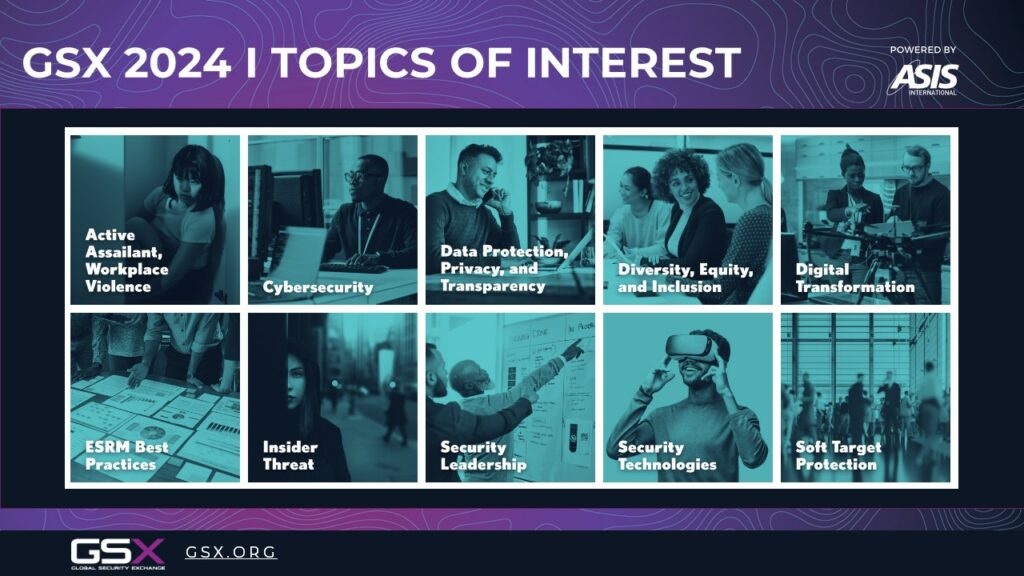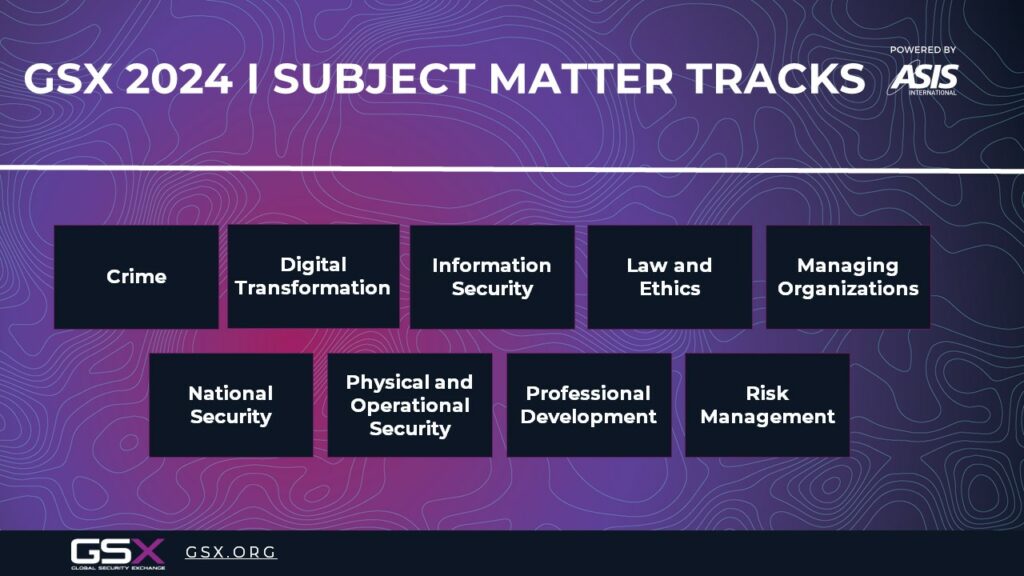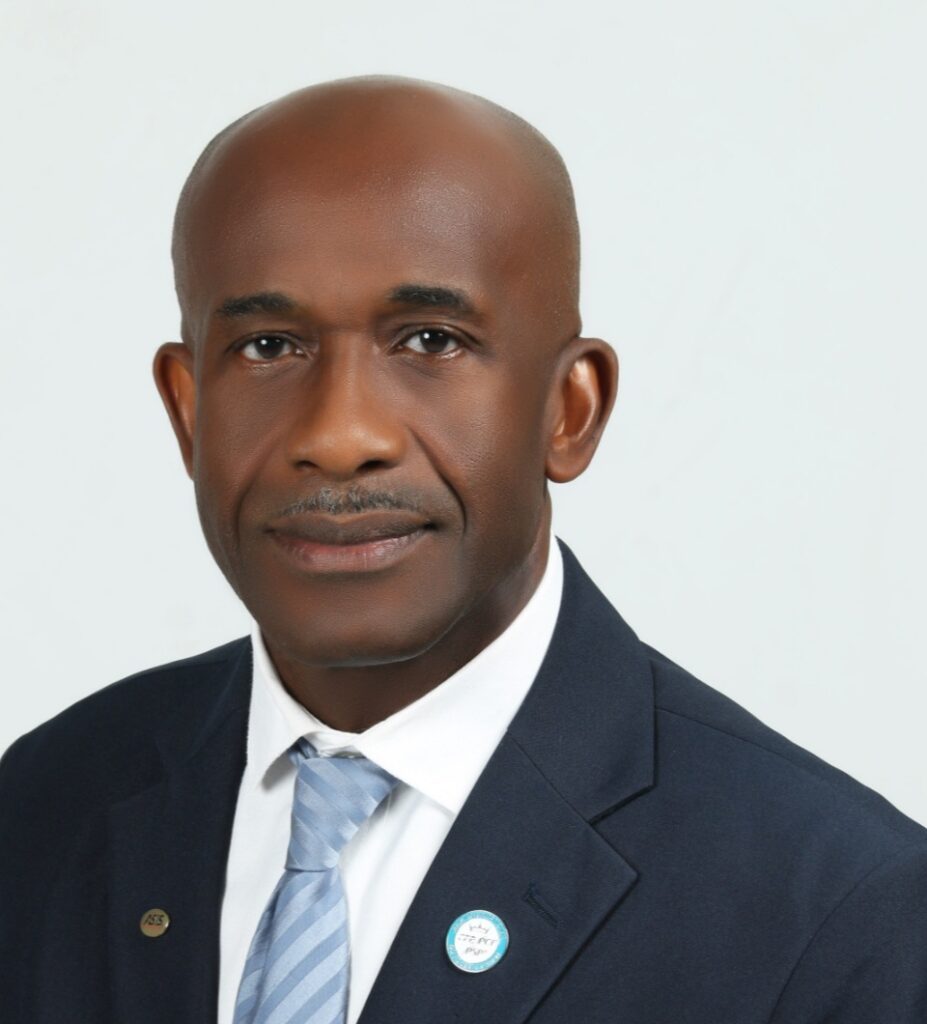John Rodriguez
Continuando con la sesión del año pasado en GSX en Atlanta sobre Culturas de Seguridad Empáticas para un Gran Lugar de Trabajo, en la sesión de este año sobre la cultura de seguridad me centré en el Viaje de Construcción de la Cultura de Seguridad y las Características Personales para el Éxito, centrándome en los ocho atributos del carácter en mi Modelo de Atributos del Profesional de la Cultura de SeguridadTM: Equidad, Innovación, Tenacidad, Respeto, Credibilidad, Vulnerabilidad, así como ser Perspicaz y Comprometido. Muchos en el mundo corporativo podrían ver esto como habilidades blandas, siendo aquí el término “blandas” discutible. ¿Habilidades blandas frente a habilidades duras, es decir, contabilidad, procesos comerciales, programación de TI? ¿Tener habilidades duras es más importante que las habilidades blandas? Sugiero que son simbióticas en general, pero en el sector de seguridad corporativa, argumentaría que las habilidades blandas son primordiales. Las habilidades duras, las consideraría como ciencia: tecnología de seguridad (video, intrusión, acceso), ESRM, políticas/procedimientos, capacitación, etc., son complejas y requieren un conocimiento extenso, experiencia y una comprensión profunda para producir productos y servicios integrales y resistentes, y, lo más importante, los resultados adecuados para la resiliencia y el crecimiento empresarial. Sin embargo, sugiero que el Arte de la Conexión Humana es relativamente más desafiante para construir y mantener una cultura de seguridad regenerativa. La parte científica de nuestra profesión es en su mayoría lineal: tiene un comienzo, un desarrollo y un final, mientras que el aspecto humano es no lineal, siempre cambiante, frustrante y, sin embargo, a veces emocionante. ¿Por qué? Porque todos somos seres humanos complejos que conformamos nuestras fuerzas laborales.
Instruyo y guío a mis clientes para que reenfoquen las “habilidades blandas” como “atributos de carácter”. Lo que distingue a los profesionales de la seguridad es la capacidad de conectar y desarrollar relaciones basadas en la confianza, lo que significa que cada interacción que tienes con cualquier persona en la empresa, desde el equipo de limpieza del tercer turno hasta la alta dirección, puede ser impactante y memorable según cómo trates a las personas, cómo las hagas sentir y cómo las sirvas o atiendas. El sí y como entendemos, modelamos y aplicamos las 8 características mencionadas anteriormente, afectará la forma en que todos los empleados nos ven, primero como personas, luego como su representante de seguridad y, final e idealmente, como un socio del negocio confiable que prioriza el cuidado y la protección de las personas, tanto en lo personal como en lo emocional y psicológico, en términos de apoyar una filosofía de salud mental y de bienestar que desafía el estigma. Comprender y considerar que las personas tienen una salud física y emocional/mental igualmente importante es cómo desarrollamos culturas de seguridad.
Por último, abrazar los atributos de carácter que son parte de tu personalidad y naturaleza innata, que surgen naturalmente, más que ver las habilidades blandas como algo que se puede aprender y mantener en tu “cinturón de herramientas de habilidades blandas” para ser convocadas en cualquier momento, es el diferenciador. Todos tenemos un radar de supervivencia inconsciente que evalúa constantemente a las personas y las situaciones para determinar si representan una “amenaza o recompensa” física o emocional y una respuesta de “acercamiento o alejamiento”. Mi Modelo de Atributos del Profesional de la Cultura de SeguridadTM: también destaca la importancia de las primeras impresiones al interactuar con las personas. Nuestros radares internos pueden percibir si estás poniendo de manera inauténtica una máscara de habilidad blanda o si realmente te importa de manera genuina y natural.
You can watch John Rodriguez’s full presentation along with two others in the GSX 2023 Career HQ skill-building collection.







